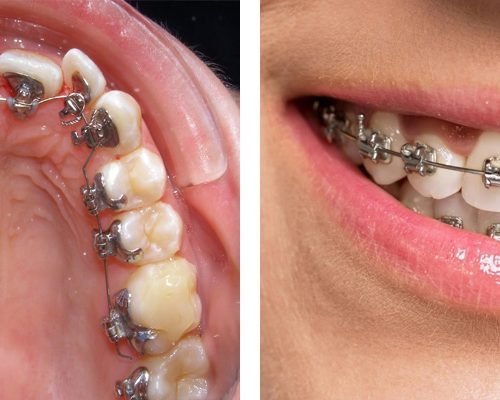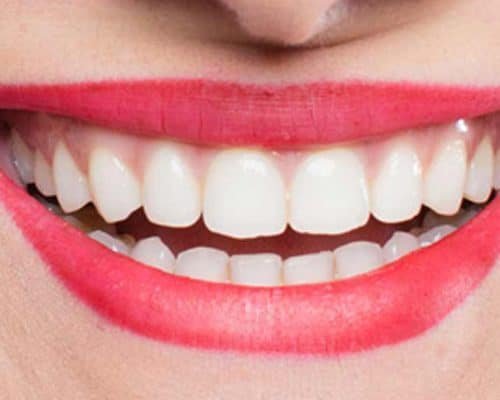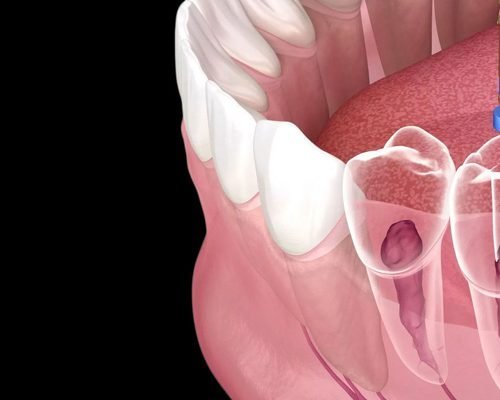









Mobile Teeth Solution with Splinting
Although your teeth may appear clean, sparkling, and in good condition, there may still be underlying issues that you are unaware of. If you experience difficulty chewing or notice your teeth appearing loose, it may indicate that the periodontal ligaments holding your teeth in place are inflamed or loose. This condition can cause the affected tooth to become unstable and start moving, leading to a mobile tooth. Mobile teeth, or teeth that are loose and wobbly, can be a sign of various dental issues such as gum disease, trauma, or tooth decay. If there is a mobile tooth, it may be necessary to use a splint to stabilize it while the supporting tissues heal. This may be necessary for a certain period of time until the tooth is secured again.
Splinting is a dental procedure that involves bonding teeth together using a special material such as composite resin or wire. The goal of splinting is to provide stability to mobile teeth by holding them in place, allowing them to heal and become stronger over time. Splinting is the process of joining a group of teeth together such that the biting forces are shared by a large number of teeth instead of being carried by the damaged tooth. To do splinting, an extremely thin fiberglass band measuring 0.05mm (or 0.0019 inches) in thickness can be used. The band is 4mm wide, which allows for 30% more adhesion power to the interdental area. This band can be bonded to the teeth using our Fiber-Bond product or any other light-cured bonding agent. This technique can provide a solution for mobile teeth and help stabilize them.
The duration of splinting varies depending on the severity of the mobile teeth and the underlying cause. It can range from a few weeks to several months. Splinting is not always a permanent solution and may need to be repeated or replaced in the future. It is best to consult with the House of Dentists to determine the root cause of mobile teeth and discuss the best treatment options for each individual case.
Unveiling Our Treatment's Unique Strengths

Dental splint
A dental splint is a device used to connect the mobile tooth to the adjacent teeth. It can be made of a variety of materials, including wires, resin, and acrylic.

Bonding agent
A bonding agent is used to attach the dental splint to the teeth. The bonding agent creates a strong bond between the teeth and the splint, providing stability and support.

Composite resin
Composite resin is used to fill any gaps between the mobile tooth and adjacent teeth. This helps to ensure a secure fit between the teeth and the splint.

Anesthetic
An anesthetic may be used to numb the area around the mobile tooth before the splinting procedure. This can help to minimize discomfort during the procedure.

Digital X-rays
Digital X-rays are used to capture detailed images of the teeth, bones, and soft tissues to aid in diagnosis and treatment planning.

Intraoral cameras
Intraoral cameras are small cameras that are used to capture detailed images of the teeth and gums. These images can help in diagnosing problems and planning treatment.

Ultrasonic scalers
Ultrasonic scalers use high-frequency vibrations to remove plaque and tartar buildup from the teeth and gums.

Splinting materials
Splinting materials, such as wires and composite resins, are used to stabilize loose teeth and prevent them from moving.
Showcasing Exceptional Outcomes of Our Surgeries

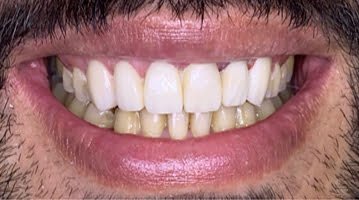
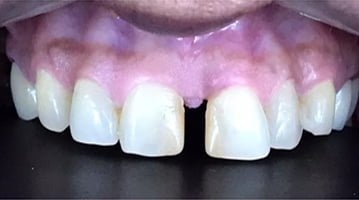
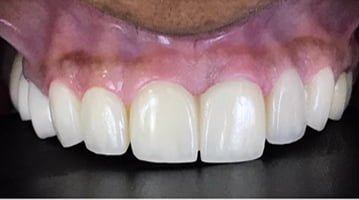
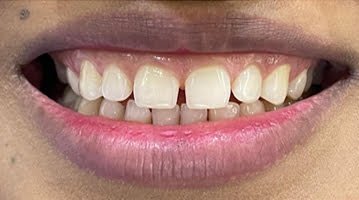
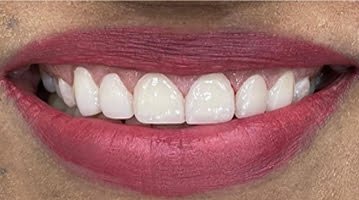
Unleash Your Dazzling Smile Today!
- Inform dentist about any medical conditions, allergies, or medications you are taking.
- It is recommended to avoid smoking, drinking alcohol, or taking any blood-thinning medications for at least 24 hours before the surgery.
- Arrange for someone to drive you to and from the surgery, as you may be under the influence of anesthesia and unable to drive yourself.
- Wear comfortable, loose-fitting clothing on the day of the surgery.
- Avoid eating or drinking anything for at least six hours before the surgery to prevent nausea or complications during the procedure.
- Brush and floss your teeth before the surgery to reduce the risk of infection.
- Avoid eating hard, crunchy, or sticky foods for the first few days after surgery.
- Take any prescribed pain medication as directed by the dentist or surgeon.
- Use ice packs on your face to reduce swelling for the first 24-48 hours after surgery.
- Gently brush your teeth twice a day, making sure to avoid the surgical area.
- Use a saltwater rinse or prescribed mouthwash to keep the surgical area clean.
- Avoid smoking and drinking alcohol for at least 48 hours after surgery.
- Attend follow-up appointments with a dentist or surgeon to ensure proper healing.
- Avoid playing with the splint or touching the surgical area with your fingers or tongue.
- If you experience any unusual bleeding, swelling, or pain, contact the dentist or surgeon immediately.
- Be patient with the healing process, and follow all instructions given by the dentist or surgeon to ensure a successful outcome.
Understanding Root Causes of Dental Issues

Disease
Gum disease (periodontitis)

Injury
Trauma or injury to the teeth or jaw

Extraction
Tooth loss or extraction

Genetics
Genetics or family history

Bruxism
Bruxism (teeth grinding or clenching)

Diabetes
Medical conditions like osteoporosis or diabetes

Hygiene
Poor dental hygiene

Smoking
Smoking or tobacco use
Our Treatment Process
Consultation
Examination
X-rays
Cleaning
Splinting
Adjustments
Frequently Asked Questions
Patient Testimonials



Blogs
Lingual Braces vs. Traditional Braces: Comparing the Differences
Enhance Your Smile and Boost Your Self-Image with a Smile Makeover
Getting Ready for Your First Root Canal Treatment - The Need-to-Know Details
Explore Our Comprehensive Dental Services

Laser Gummy Smile Correction
One of the first things you observe about someone is their smile. Have you ever realized that when you smile, more gums are visible than your white, shiny teeth? If yes, then you might have a gummy smile. If you have minimal gum tissue showing, you will have an attractive smile.
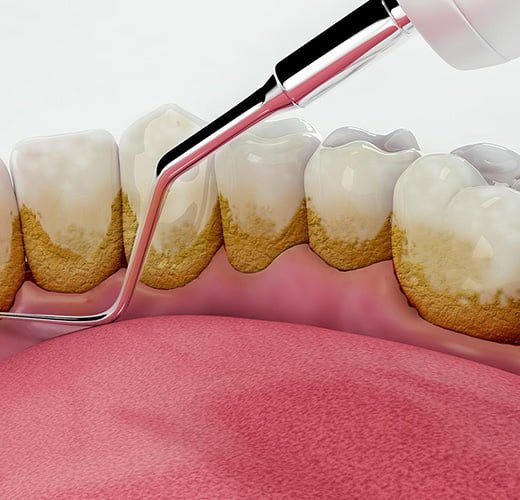
Full Mouth Scaling & Polishing
Full mouth scaling and polishing is a dental procedure that is used to remove plaque, tartar, food debris, extrinsic stains, and other debris from the teeth and gums. This is an im
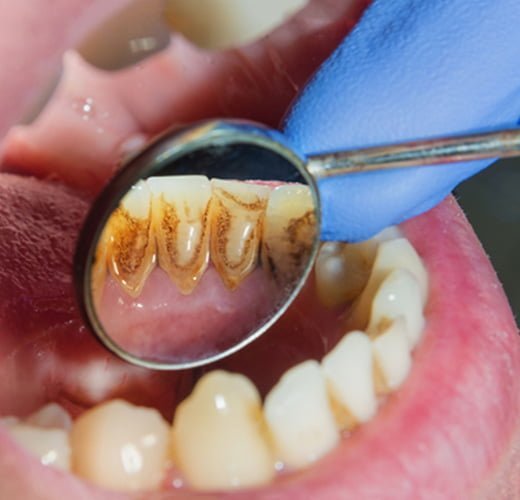
Deep Cleaning
Teeth deep cleaning, also known as scaling and root planing, is a dental procedure that deeper cleaning that goes under your gums to prevent or cure gum disease. It is ofte
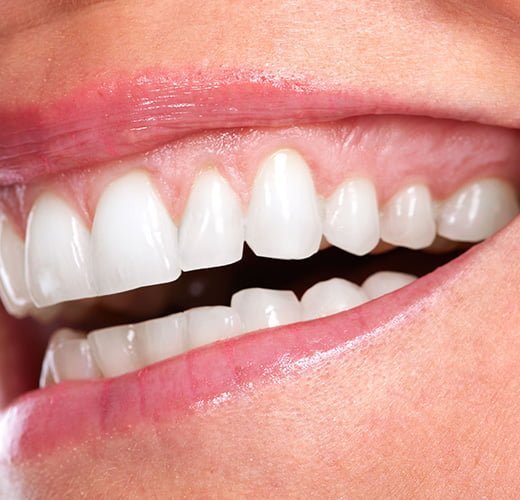
Gums Surgery
Periodontal disease, also known as gum disease, is a severe infection that affects the gum tissues. The root cause of this condition is the accumulation of harmful bacteria on the surface
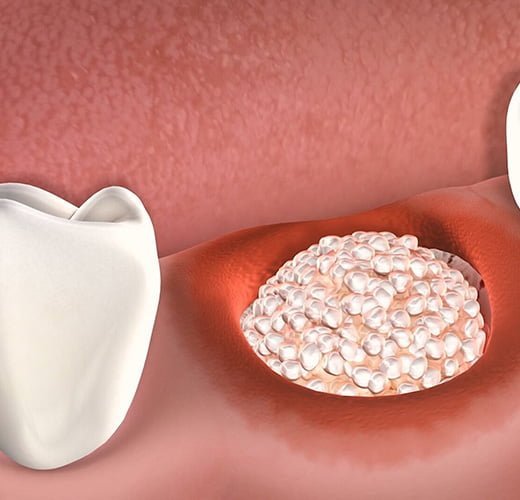
Socket Preservation Therapy
Losing a tooth can be a difficult and stressful experience. Whether it is due to injury, decay, or disease, the loss of a tooth can have negative effects on your oral health, appearance, and
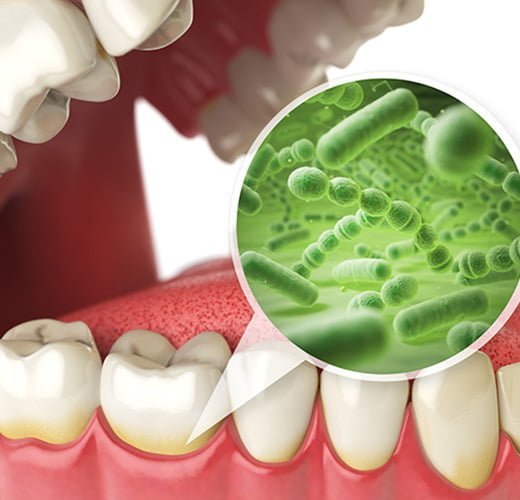
Bad Breath Treatment
Bad breath, also known as halitosis in medical terms, can be socially uncomfortable and potentially serious health issues. It is estimated that up to 25% of people have chronic bad breath. While bad
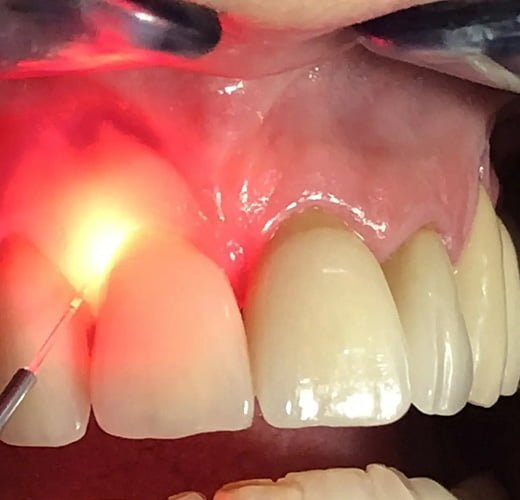
Laser Gum Depigmentation
Excessive pigmentation of the gums resulting in a dark or blackened appearance is caused by the abundance of melanin, the same pigment that determines skin color. Individuals with darker skin

